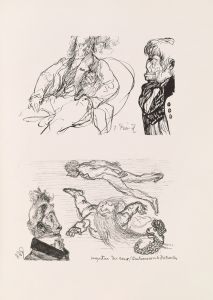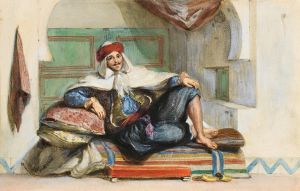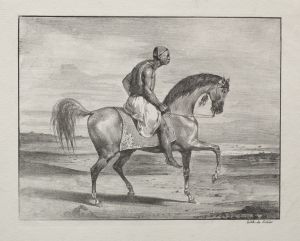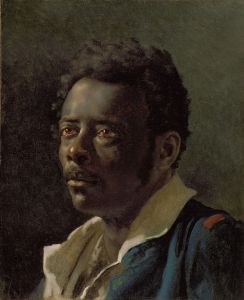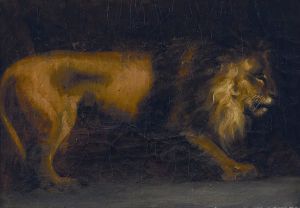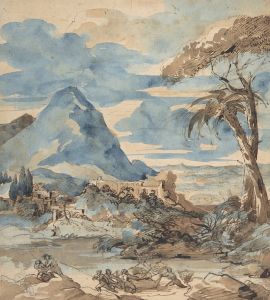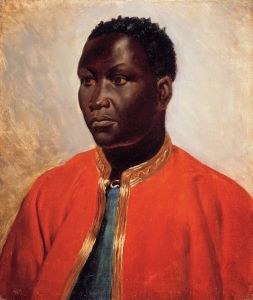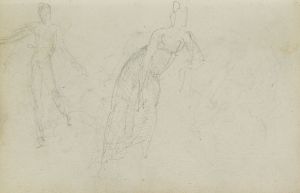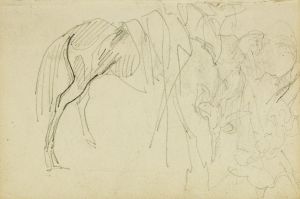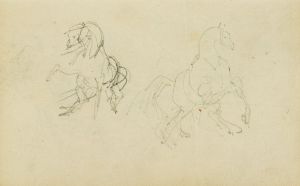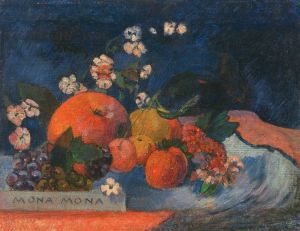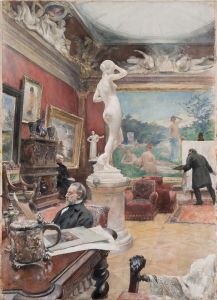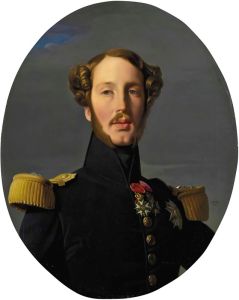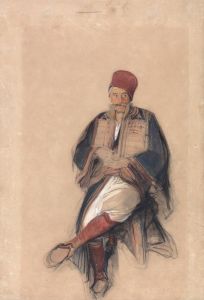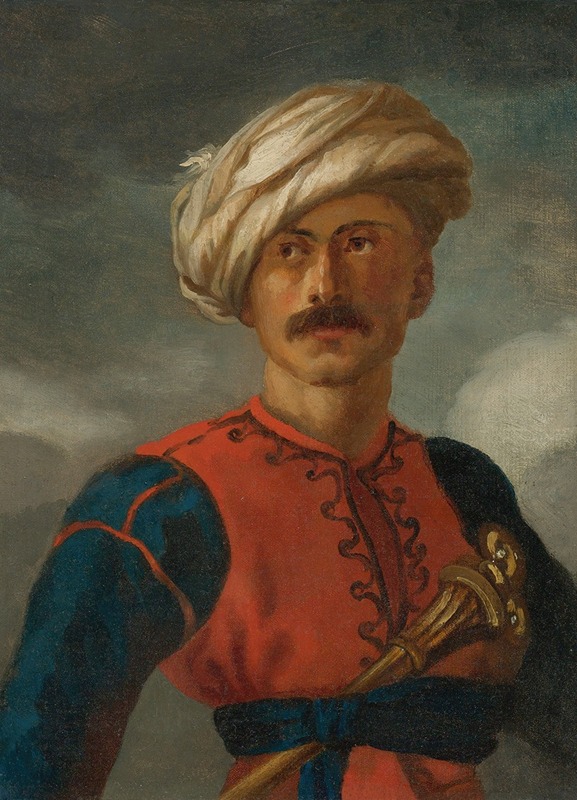
Portrait Of Mameluck
A hand-painted replica of Théodore Géricault’s masterpiece Portrait Of Mameluck, meticulously crafted by professional artists to capture the true essence of the original. Each piece is created with museum-quality canvas and rare mineral pigments, carefully painted by experienced artists with delicate brushstrokes and rich, layered colors to perfectly recreate the texture of the original artwork. Unlike machine-printed reproductions, this hand-painted version brings the painting to life, infused with the artist’s emotions and skill in every stroke. Whether for personal collection or home decoration, it instantly elevates the artistic atmosphere of any space.
Théodore Géricault's Portrait of a Mameluke (French: Portrait d'un mamelouk) is a painting attributed to the French Romantic artist Théodore Géricault. Created in the early 19th century, the work reflects Géricault's interest in dramatic and exotic subjects, which were characteristic of the Romantic movement in art. The painting depicts a Mameluke, a member of a military caste originally composed of enslaved soldiers who served in various Islamic empires, including Egypt. The Mamelukes were known for their distinctive attire and their role in Napoleon Bonaparte's campaigns, particularly during the French invasion of Egypt (1798–1801).
The portrait is notable for its vivid depiction of the subject's features and attire, emphasizing the individuality and dignity of the figure. Géricault's use of bold brushstrokes and rich colors highlights his mastery of texture and light, bringing a sense of immediacy and realism to the work. The sitter is dressed in traditional Mameluke clothing, including a turban, which adds an exotic and historical dimension to the painting. The background is kept simple, allowing the focus to remain on the figure.
Géricault is best known for his monumental painting The Raft of the Medusa (1818–1819), but he also produced a number of smaller works, including portraits and studies, that demonstrate his keen observational skills and interest in human expression. Portrait of a Mameluke is one such example, showcasing his ability to capture the essence of his subject with both sensitivity and power.
The exact circumstances of the painting's creation, including the identity of the sitter and the specific date of its execution, remain unclear. However, it is consistent with Géricault's fascination with themes of heroism, exoticism, and the human condition. The painting is often associated with the broader Romantic fascination with the "Orient," a term used in 19th-century Europe to describe the cultures of the Middle East, North Africa, and Asia.
Today, Portrait of a Mameluke is considered an important example of Géricault's portraiture and his engagement with themes beyond the traditional boundaries of European art. The painting is held in a private collection or museum, though its current location is not widely documented.





